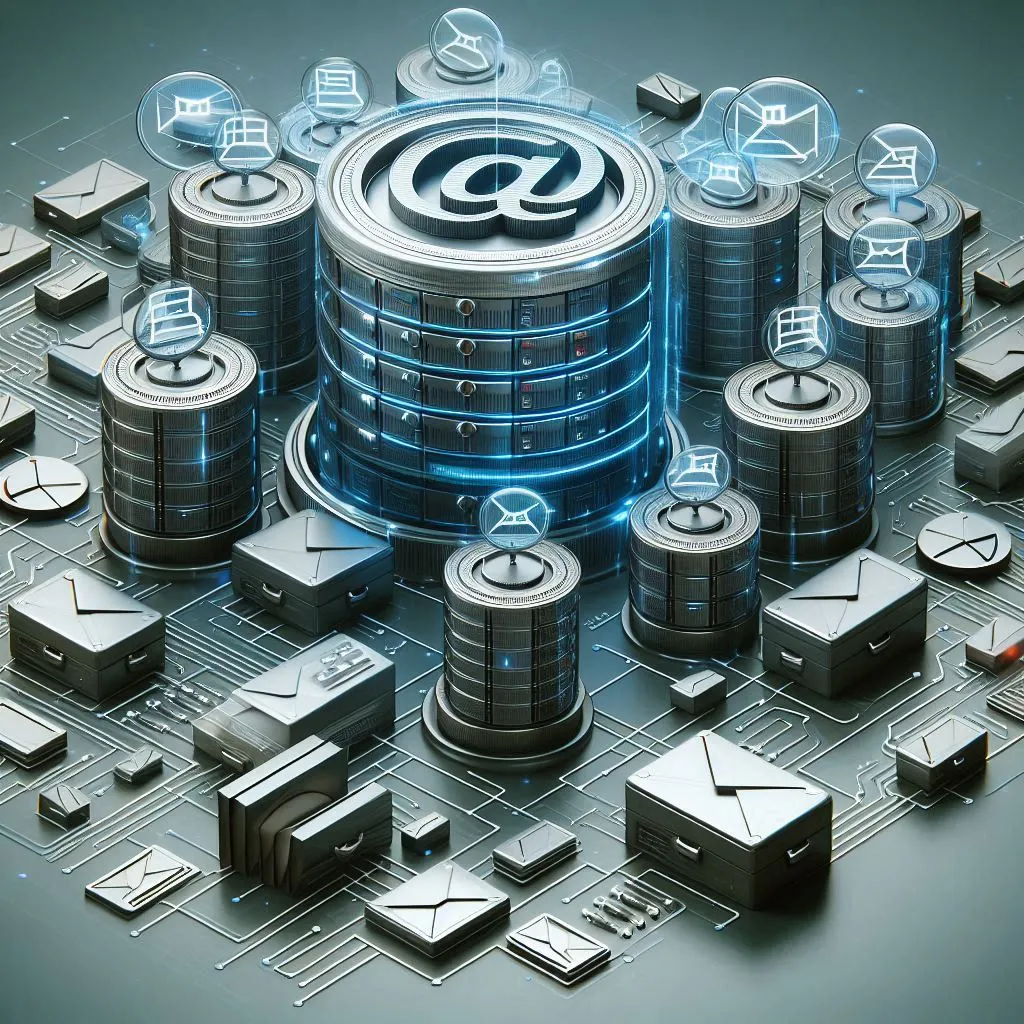Mastering Email Aliases, Shared Mailboxes, And Distribution Lists
June 20, 2024

Setting up multiple email accounts (when a single one suffices) not only incurs unnecessary software costs but also leads to login credential complexities. Surprisingly, many business professionals remain unaware that shared mailboxes and distribution groups offer viable alternatives, each with distinct advantages. Our goal is to demystify these options
Email Aliases
Use aliases like FirstName@YourCompanyName.com to manage multiple email addresses under one Microsoft 365 license—no extra cost or separate inboxes needed.
An email account is one entity. You need one Microsoft 365 license.
Just like if your name was Robert, people may call you John, Johnny, Jack, or even Jacky, but there’s only one you. Your nicknames are called “aliases” in the IT world. They don’t cost anything extra to setup or maintain.
Shared Mailboxes
Ideal for team collaboration, shared mailboxes like sales@yourcompanyname.com allow multiple users to monitor and manage emails without additional logins.
Just like email aliases, an Microsoft 365 shared mailbox is FREE, but everyone with access to the shared mailbox must be an Microsoft 365 licensed user.
- A shared mailbox is accessed through the user’s normal Microsoft 365 credentials, there is no separate login and password. Once logged in, the user with permissions can open the shared mailbox.
- Incoming and outgoing messages can be read, stored and archived in the shared mailbox.
- Shared mailboxes are lacking some of the privileges of a regular Microsoft 365 account, like Unified Messaging and software downloads.
Distribution Lists
Quickly send emails to multiple recipients, both internal and external, with distribution lists that ensure everyone gets their own copy. Unlike a shared mailbox, emails are not centrally stored and accessed. Each recipient receives their own copy of the email
Microsoft 365 Groups
Enhance collaboration with shared calendars, document sharing, and integration with tools like Teams and Planner, all while maintaining individual participation. Microsoft 365 Groups are a newer feature, created to enhance what was possible with distribution lists.
A Microsoft 365 group:
- Automatically has a shared calendar
- Automatically shares documents in SharePoint
- Integrates with Yammer, Teams, Planner, OneNote, Power BI, etc.
- Can be restored if deleted (for up to 30 days)
- Can be public (open to everyone in your organization) or private (restricted to a team).
- External users can be invited as guests. Guests interact with the group exclusively via email. They can open links to shared documents, but lack other permissions, like viewing the group site.
- Unlike a shared mailbox, users participate as individuals, sending and replying from their own email account.
How many email inboxes can you eliminate?
Simple is better. If you’ve read this and now know that you are paying for too many email accounts, we can help you archive and/or migrate the email history to consolidate into fewer accounts. We can do this for both Microsoft 365 email accounts and Google Workspace accounts.
If you’re not yet on either Microsoft 365 or Google Workspace, we can move you there!
If you want to explore your options, please reach out to our team by via email at support@skratsch.com or by calling 1.313.284.5656
Tags: business

Editor
Steve is a Software and Cloud Engineer, Content Creator, and Innovation Enthusiast. He is open to collaborating on projects that match his skills, which include .NET Framework/Core, C#, APIs, RESTful Services, SQL Databases, and Azure.